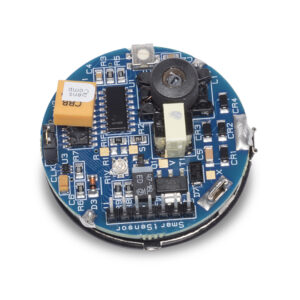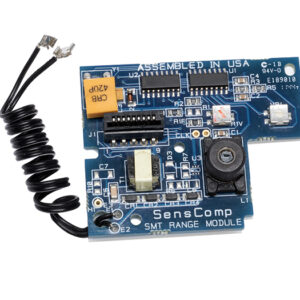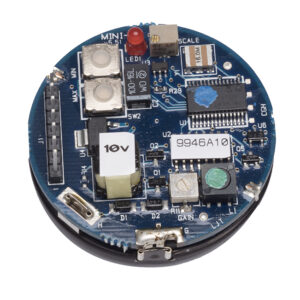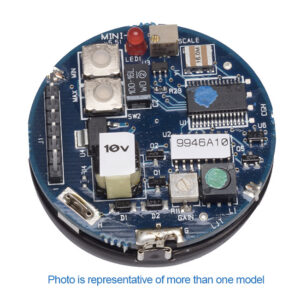Ultrasonic Sensors
Showing 1–12 of 40 results
-
Complete Electrostatic Ultrasonic Sensors & Sensor Kits
PID 615088LF – Instrument Grade Smart Sensor
$92.92 Add to cart -
Complete Electrostatic Ultrasonic Sensors & Sensor Kits
PID 615089LF – Environmental Grade Smart Sensor
$89.74 Add to cart -
Complete Electrostatic Ultrasonic Sensors & Sensor Kits
PID 615090LF – Open Face Smart Sensor
$97.89 Add to cart -
Complete Electrostatic Ultrasonic Sensors & Sensor Kits
PID 615095LF – Environmental Grade Smart Sensor with Parylene
$97.89 Add to cart -
Complete Electrostatic Ultrasonic Sensors & Sensor Kits
PID 615078LF – SMT 6500 Ranging Module
$47.66 Add to cart -
Complete Electrostatic Ultrasonic Sensors & Sensor Kits
PID 615079LF – SMT 6500E Ranging Module, Enhanced
$60.16 Add to cart -
Complete Electrostatic Ultrasonic Sensors & Sensor Kits
PID 616000LF – SonaSwitch® Mini-A Ultrasonic Sensor 10V, 12″ – 40′
$124.93 Add to cart -
Complete Electrostatic Ultrasonic Sensors & Sensor Kits
PID 616005LF – SonaSwitch® Mini-A Ultrasonic Sensor 10V, 6″ – 20′
$124.93 Add to cart -
Complete Electrostatic Ultrasonic Sensors & Sensor Kits
PID 616025LF – SonaSwitch® Mini-A Ultrasonic Sensor 10V, 1″- 12″
$124.93 Add to cart -
Complete Electrostatic Ultrasonic Sensors & Sensor Kits
PID 616010LF – SonaSwitch® Mini-A Ultrasonic Sensor, 5V, 6″ – 20′
$124.93 Add to cart -
Complete Electrostatic Ultrasonic Sensors & Sensor Kits
PID 616015LF – SonaSwitch® Mini-A Ultrasonic Sensor 5V, 12″ – 40′
$124.93 Add to cart -
Complete Electrostatic Ultrasonic Sensors & Sensor Kits
PID 616020LF – SonaSwitch® Mini-A Ultrasonic Sensor , 5V, 1″ – 12”
$124.93 Add to cart



